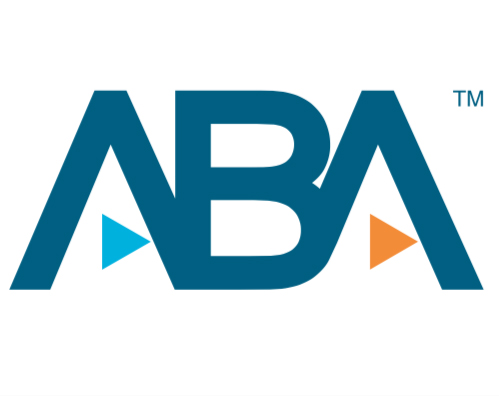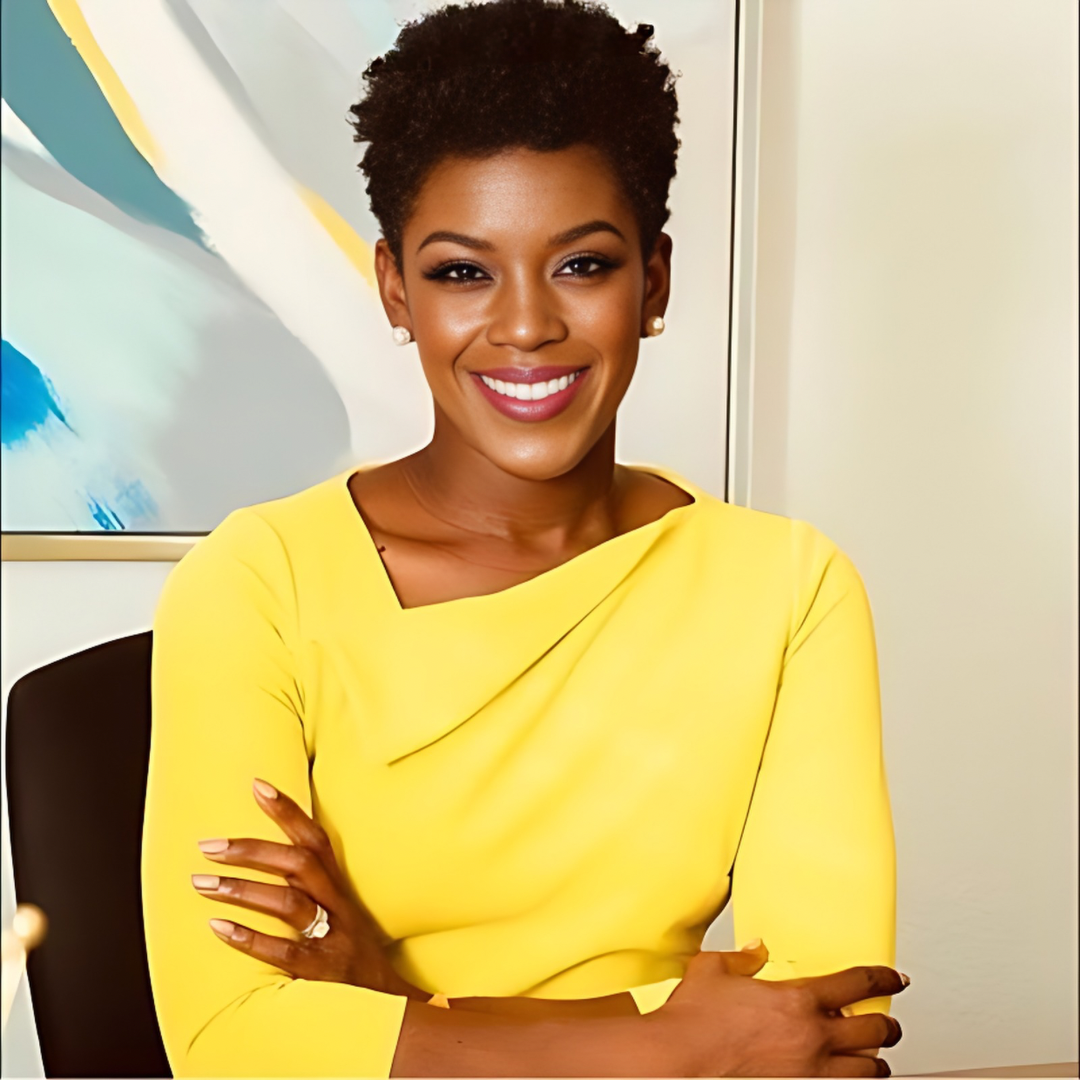Social Media Is New Norm, But Courts Still Grappling With Whether to Let Cameras In
Corrected: The explosive growth of social media in the form of digital networks such as Facebook and Twitter is quickly changing how information is disseminated in today’s society.
But when it comes to American courts, the debate over how to accommodate social media still tends to focus on whether and how much to allow cameras in the courtroom, an issue that judges, lawyers and journalists have been grappling with for decades.
The difficulty of how to answer old concerns with new technology became the primary topic of a Judicial Division-sponsored panel discussion Sunday during the ABA Annual Meeting in San Francisco.
Ron Sylvester, a news and online reporter for the Wichita Eagle and one of the first journalists to tweet live from federal courtrooms, showed how technology is changing coverage of the courts when he held up the camera he uses to record video of proceedings. The camera fit in the palm of his hand and records high-definition video. And he uses a tiny Bluetooth keyboard to quietly type out tweets when court is in session.
“A lot of people don’t even know I’m back there doing it,” said Sylvester, who writes the blog What the Judge Ate for Breakfast and produces a video series called Common Law. “I try to work with judges, and I think I’ve been very successful at it.”
These are techniques the courts may have to get used to. “Facebook is now the number two disseminator of information in the world, and it’s about to pass up Google as number one,” Sylvester said. “I think our citizenry is becoming more comfortable with cameras being pointed at them. We’re not watching the Dick Van Dyke Show anymore, we’re watching reality TV.”
Moreover, said Sylvester, social media is feeding the American public’s fascination with trials. “There’s something about a trial in American society that focuses the mind of our citizens,” he said. “The interest has always been there. Things like Twitter and Facebook just made the public square bigger.”
“Most people know more about Charlie Manson than James Madison,” quipped Jonathan Turley, a George Washington law professor who was on the panel.
David Boies, a trial lawyer who knows a thing or two about sensational cases, also endorsed the idea of opening the courts to cameras, especially now that technology exists to make them unobtrusive. “I would rather have the public actually see what happens in the courtroom rather than see that filtered through the media,” said Boies, although he hedged a bit by saying judges should have some discretion to decide which proceedings may be broadcast.
But three federal district court judges on the panel voiced reservations about whether the courtroom doors should be flung open to cameras—social media revolution or not.
“I don’t think it will happen in my lifetime,” said Barbara M.G. Lynn, a district court judge in Dallas. “I suppose it will happen, but I lament it if it means there will be a race to the lowest common denominator” in how trials are covered.
Last updated Aug. 10 to correctly attribute the “Most people know more about Charlie Manson than James Madison” quote to Professor Jonathan Turley.
Correction
Last updated Aug. 10 to correctly attribute the “Most people know more about Charlie Manson than James Madison” quote to Professor Jonathan Turley. The Journal regrets the error.



